In the realm of forsaken objects, there unfolds a mesmerizing interplay between nature and abandonment. Among the vestiges of human presence, trees extend their wooden tendrils, embracing and entangling with the neglected relics of a bygone era. Time, with its inexorable march, weaves a complex tapestry, binding these forgotten objects within the relentless grip of nature’s unyielding resolve.

Take, for instance, a rusted bicycle left to decay in a desolate corner, where the encroaching forest begins to consume it. The tendrils of an aging tree slowly intertwine with the skeletal remains, enveloping the metal frame and rubber tires in a gradual reclamation. What was once a symbol of human invention and mobility is now subsumed into the natural world, its original purpose fading as it merges with the earth from which it came. The bicycle, once a vehicle of freedom and speed, now stands as a testament to the cycle of growth and decay, where the man-made becomes indistinguishable from the natural.
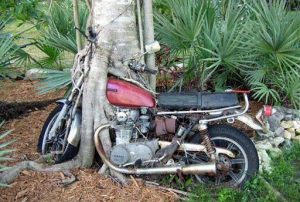
This forgotten world, where nature and forsaken objects coalesce, serves as a poignant reminder of the transience of human existence. The vibrant creations of mankind, once celebrated and cherished, gradually fade into obscurity, while the persistence of nature remains unyielding. The natural world, with its quiet yet tenacious power, reclaims what has been left behind, nurturing it back into the fold of the earth. It is a humbling sight, a silent narrative of time’s passage, where the impermanence of human achievements is laid bare against the enduring presence of nature.
As one wanders through these overgrown landscapes and crumbling structures, a unique beauty emerges from the amalgamation of wood and forgotten objects. The tendrils of vines and roots envelop rusted metal and decaying wood, creating a seamless blend of nature and neglect. In this symbiotic relationship, there is a sense of renewal—nature’s relentless pursuit to heal and reclaim even the most abandoned places.

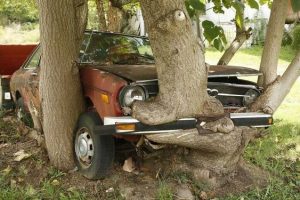
The sight of a tree growing through the center of a dilapidated house, its roots weaving through cracked floors and broken walls, evokes a powerful image of nature’s resilience. The once-sturdy walls, now crumbling under the weight of time, serve as a canvas for nature’s artwork. Moss and lichen creep over the decaying structures, softening their edges and imbuing them with a sense of life, even in their abandonment.
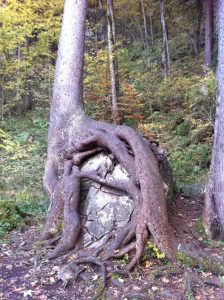
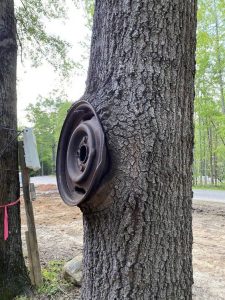
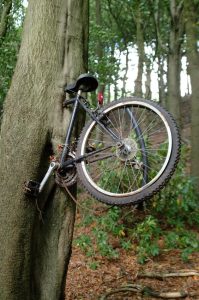
In these forgotten spaces, where the remnants of human civilization meet the wild embrace of nature, there is a profound sense of harmony. The once stark boundaries between the artificial and the organic blur, creating a landscape that tells a story of both loss and renewal. It is a story of nature’s enduring strength and the inevitable return to the earth that awaits all things man-made.
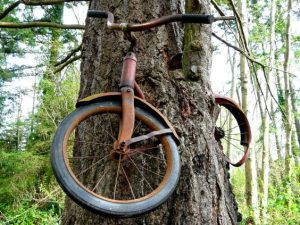
This quiet harmony, where neglect gives way to growth, offers a different perspective on abandonment. It suggests that even in the most desolate places, there is potential for new life, for renewal, and for the continuous cycle of creation and decay. It is a testament to the enduring
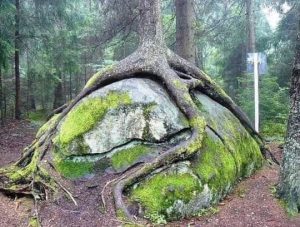
power of nature and a reminder that, in the grand tapestry of time, all things are eventually reclaimed, reborn, and transformed.
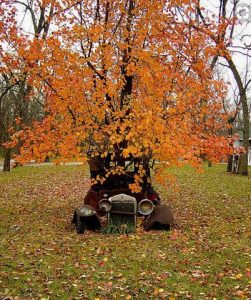
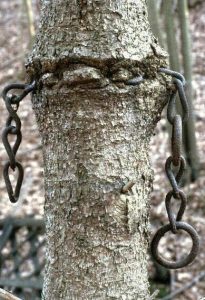
In the end, the amalgamation of wood and forgotten objects becomes more than just a visual spectacle—it is a symbol of the passage of time and the ever-present force of nature. It reminds us that while human creations may fade, the essence of life persists, finding beauty and purpose even in the most unexpected places.



